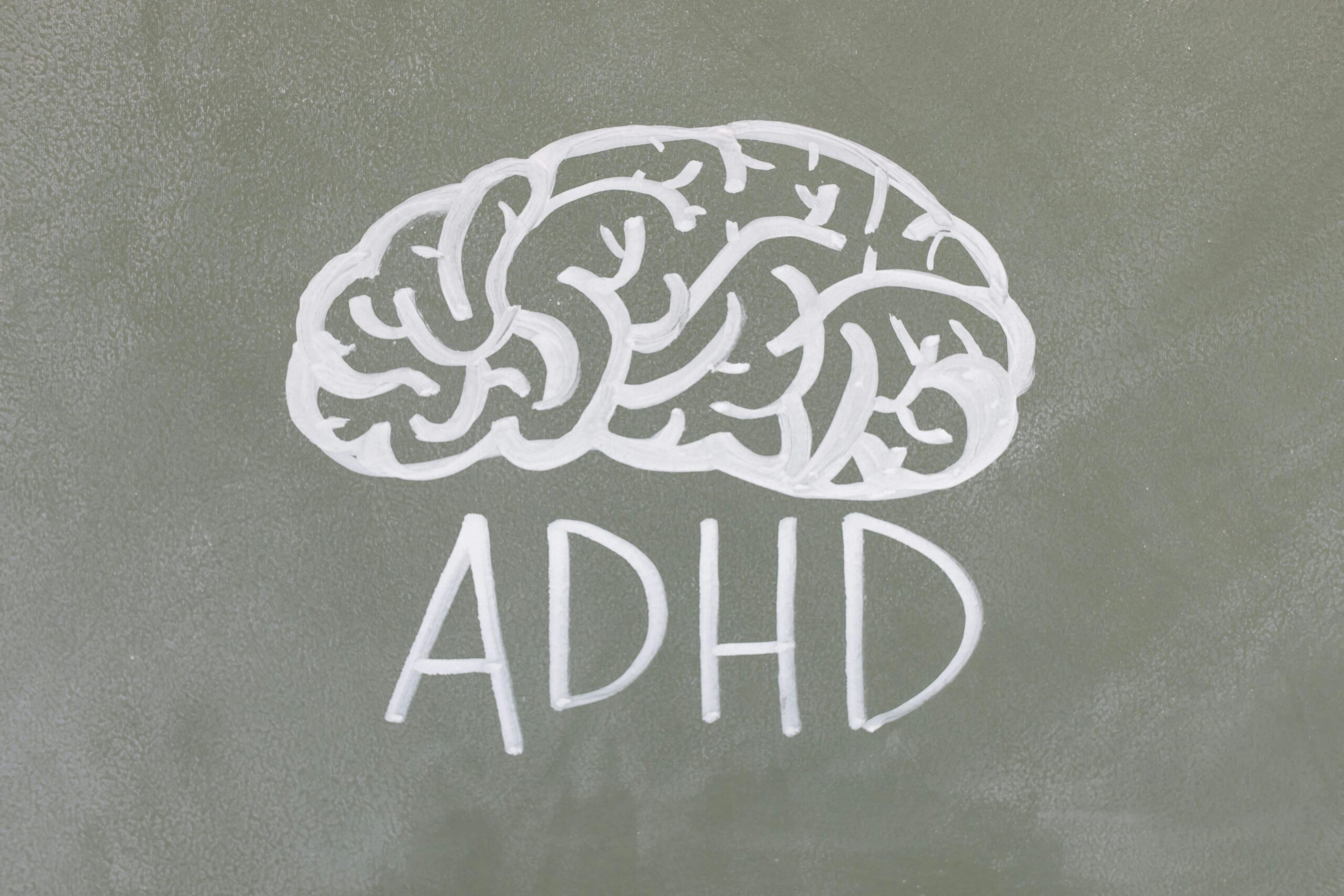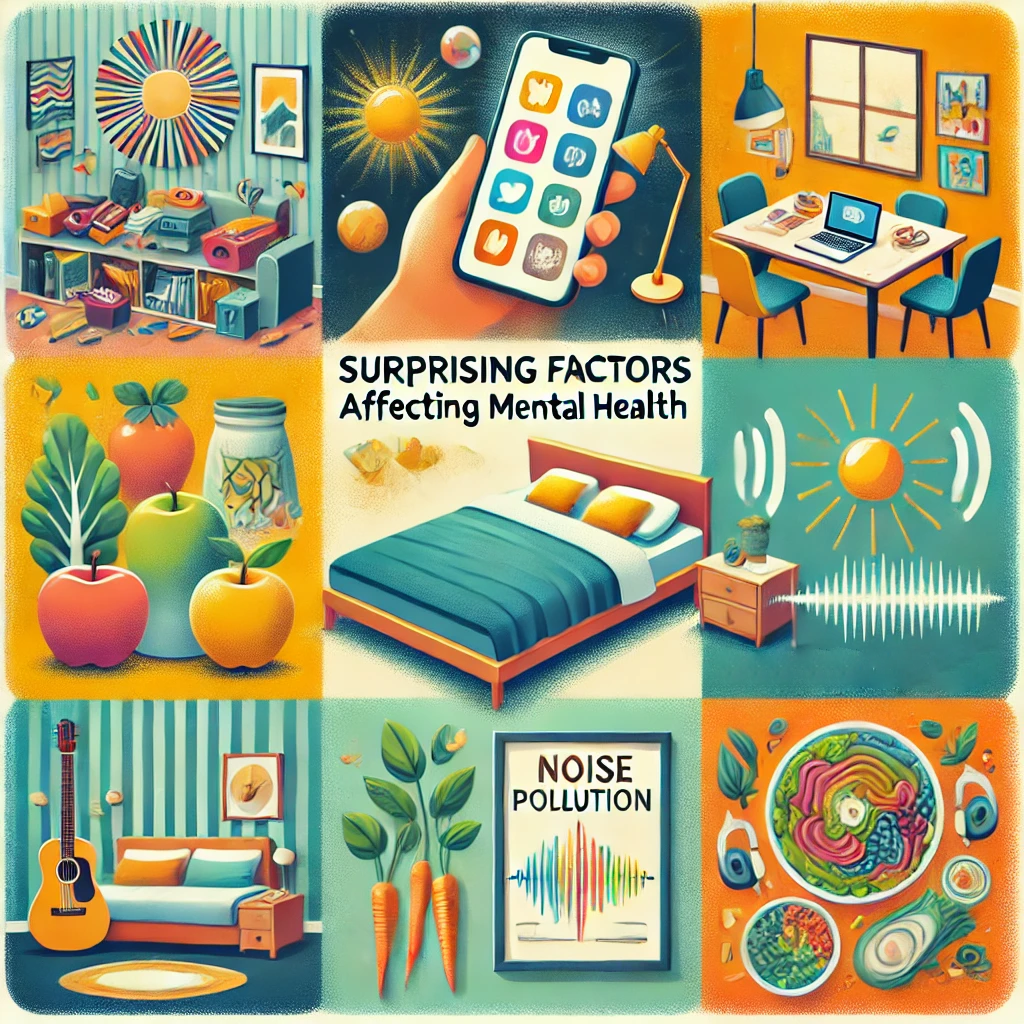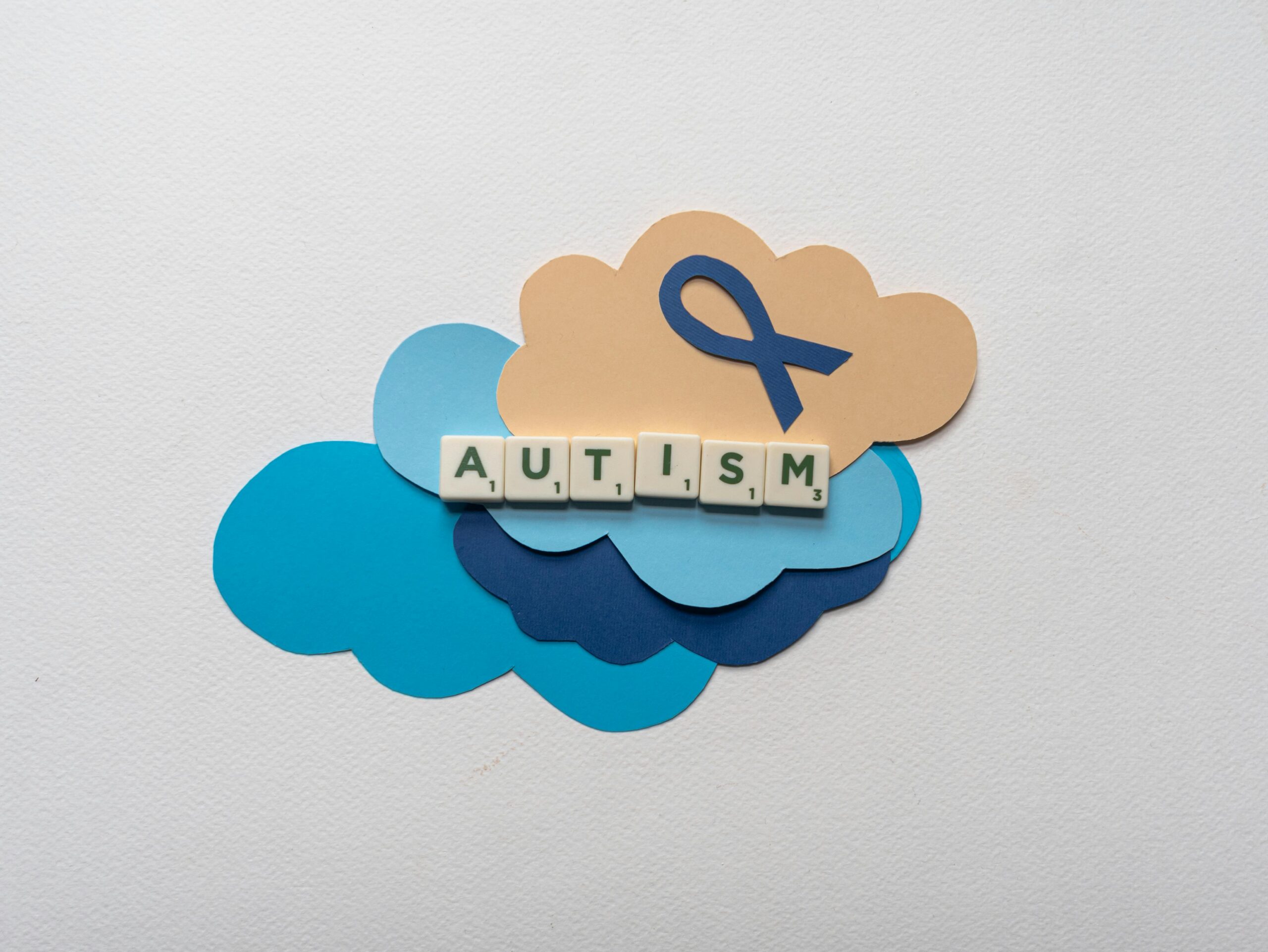Understanding ADHD in the Workplace
Attention Deficit Hyperactivity Disorder (ADHD) is a condition that affects many adults in their daily lives, including their professional environments. Managing ADHD in the workplace can be challenging, but with the right strategies and support, individuals can achieve career success. This guide provides ADHD productivity tips, coping mechanisms, and organizational strategies to help improve work performance and create an ADHD-friendly work environment.
Effective ADHD Task Management
One of the biggest challenges for people with ADHD is task management. Executive functioning, which involves planning, organizing, and completing tasks, can be particularly difficult. Here are some ADHD task management strategies:
- Brain Dump: Start your day with a brain dump to clear your mind of all the tasks and ideas floating around. Write everything down, no matter how small or insignificant it may seem. This helps reduce feelings of being overwhelmed and provides a clear starting point.
- Prioritize Important Items: Once you have your brain dump, identify the most important items that need immediate attention. Use techniques like the Eisenhower Matrix to categorize tasks by urgency and importance.
- 15-Minute Rule: Break tasks into manageable chunks by setting a timer for 15 minutes. Focus on one task during this time and take short breaks in between. This can help improve focus with ADHD and make large tasks feel more manageable.
ADHD Organizational Tips
Staying organized is crucial for improving work performance with ADHD. Here are some ADHD organizational tips to help create a more structured work environment:
- Use Planners and Digital Tools: Utilize planners, calendars, and digital tools like Trello or Asana to keep track of tasks and deadlines. Setting reminders and deadlines can help you stay on track.
- Declutter Your Workspace: A cluttered workspace can lead to distractions and increased stress. Take time to organize your desk and keep only the essentials within reach. This can create a more ADHD-friendly work environment.
- Routine and Consistency: Establish a daily routine to bring consistency to your workday. Having a set schedule can help reduce anxiety and improve executive functioning.
Coping Strategies for ADHD in the Workplace
Coping with ADHD in the workplace involves more than just organizational skills. Emotional and mental well-being are also crucial. Here are some coping strategies:
- Seek Support Groups: Joining support groups, either in person or online, can provide valuable insights and emotional support. Sharing experiences with others can help you feel less isolated.
- Mindfulness and Relaxation Techniques: Practice mindfulness and relaxation techniques to manage stress. Techniques such as deep breathing, meditation, or yoga can help improve focus and reduce anxiety.
- Professional Help: Consider seeking help from a therapist or counselor who specializes in ADHD. They can provide personalized coping mechanisms and support.
Productivity Tips for Adults with ADHD
Boosting productivity in the workplace is essential for career success. Here are some productivity hacks tailored for adults with ADHD:
- Set Clear Goals: Define clear, achievable goals for each day. Break down larger projects into smaller, more manageable tasks.
- Use Visual Aids: Visual aids like color-coded calendars, charts, and lists can help you keep track of tasks and deadlines.
- Limit Distractions: Identify and minimize distractions in your work environment. This might involve using noise-canceling headphones, setting up a quiet workspace, or limiting access to social media during work hours.
Improving Focus with ADHD
Improving focus with ADHD requires a combination of strategies and tools. Here are some tips to stay focused:
- Pomodoro Technique: Use the Pomodoro Technique, which involves working for 25 minutes followed by a 5-minute break. This can help maintain concentration and prevent burnout.
- Healthy Lifestyle: Maintain a healthy lifestyle by getting regular exercise, eating a balanced diet, and ensuring adequate sleep. Physical health significantly impacts cognitive function and focus.
- Task Variety: Alternate between different types of tasks to keep your mind engaged. Switching between tasks that require different skills can prevent boredom and maintain interest.
Managing ADHD in the workplace involves a combination of effective task management, organizational skills, coping strategies, and productivity tips. By implementing these strategies, adults with ADHD can improve their work habits, enhance job performance, and achieve career success. Remember, it’s essential to find what works best for you and seek support when needed. Embrace your unique strengths and capabilities, and with the right tools, you can thrive in your professional life.
If you need additional support, consider contacting a professional who can help you develop personalized strategies for managing ADHD symptoms at work. With persistence and the right approach, managing ADHD in the workplace is entirely achievable.
For further assistance, the SF Stress & Anxiety Center offers specialized services to help individuals with ADHD manage their symptoms and succeed in their professional lives. Visit sfstress.com to learn more about our comprehensive programs and expert support tailored to your needs.











